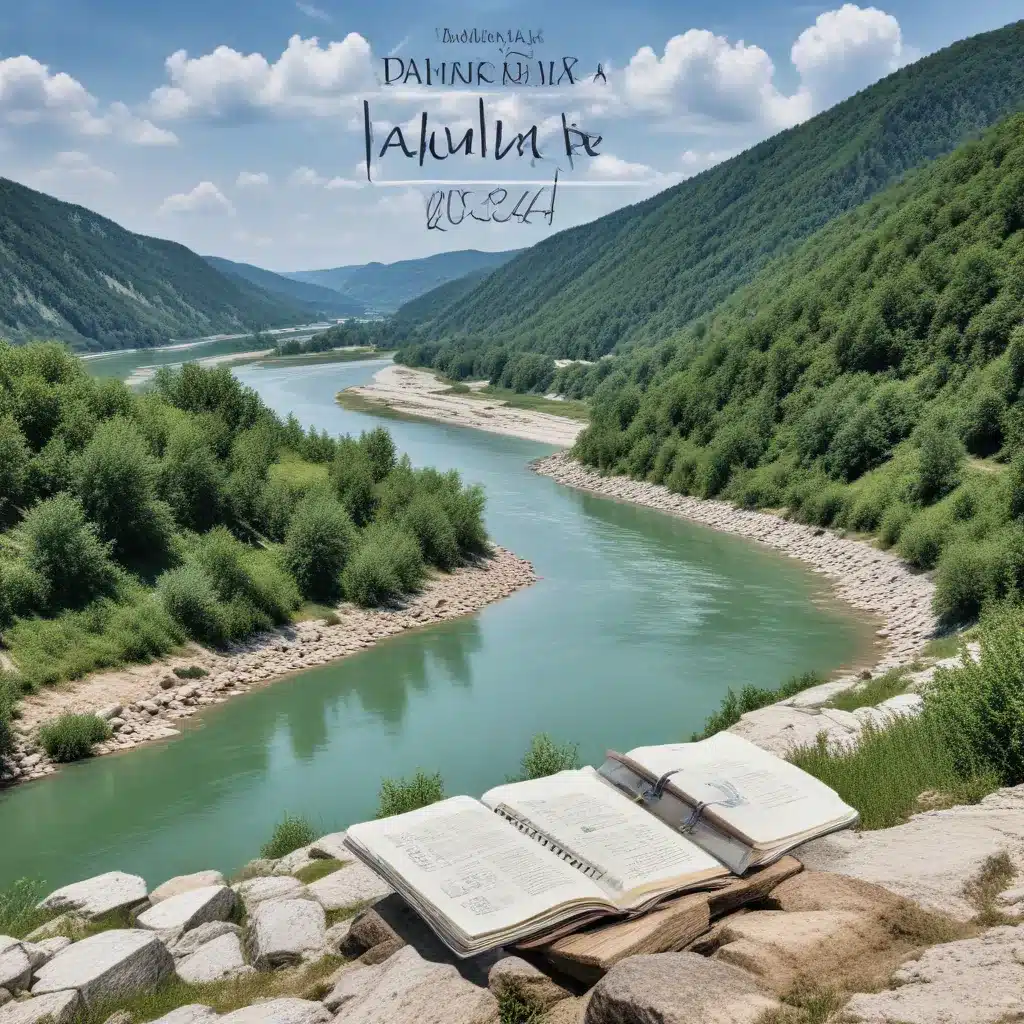
Aquatic Ecosystems of the Danube
The mighty Danube River is a thriving aquatic ecosystem that supports a diverse array of freshwater species. As an experienced avian caretaker, I’ve had the privilege of observing the river’s vibrant habitats and the wildlife they sustain.
River Habitats
The Danube’s meandering course carves out a variety of river habitats, each with its own unique features. Vast floodplains, dense riparian forests, and shallow backwaters provide vital resources for countless aquatic organisms. These dynamic environments are shaped by the river’s seasonal fluctuations in water levels, allowing for the development of lush wetlands and nutrient-rich sediment deposits.
Freshwater Fish
The Danube is home to an impressive array of freshwater fish species, many of which are ecologically and culturally significant. The river’s clear waters and diverse substrates support populations of prized game fish like sturgeon, carp, and pike. However, the construction of dams and other infrastructure has posed significant challenges for migratory fish, disrupting their natural spawning cycles and limiting access to critical breeding grounds.
Avian Wildlife of the Danube
The Danube River and its surrounding habitats are a true avian paradise, attracting a vast array of waterfowl and migratory bird species. As an expert in bird behavior and identification, I’ve had the opportunity to witness the remarkable diversity of feathered inhabitants along the Danube.
Waterfowl Species
The Danube’s wetlands and floodplains provide vital breeding, feeding, and resting grounds for a multitude of waterfowl species. Graceful swans, vibrant-colored ducks, and majestic herons are just a few of the waterfowl that can be observed along the river’s banks and backwaters. These birds play a crucial role in the river’s ecosystem, helping to maintain a balanced aquatic food web.
Migratory Bird Patterns
The Danube serves as a critical migratory corridor for countless bird species, with thousands of individuals passing through the region each year. Waders, raptors, and songbirds utilize the river’s diverse habitats as they journey between their breeding and wintering grounds, taking advantage of the abundant food sources and resting areas along the way. Understanding and preserving these migratory patterns is essential for the long-term conservation of the Danube’s avian populations.
Outdoor Recreation on the Danube
The Danube River and its surrounding landscapes offer a wealth of outdoor recreational opportunities, allowing visitors to immerse themselves in the region’s natural beauty and rich biodiversity.
Hiking Trails
The Danube Trail Network is a well-developed system of hiking paths that follow the river’s course, providing breathtaking vistas and access to some of the most pristine and ecologically significant areas. These trails wind through dense forests, traverse rolling hills, and offer panoramic views of the river and its associated wetlands, offering a truly immersive experience for nature enthusiasts.
Nature Photography
The Danube is a photographer’s paradise, with ample opportunities to capture the region’s diverse flora and fauna. Birdwatching enthusiasts can find countless subjects to photograph, from the graceful flight of waterfowl to the vibrant plumage of songbirds. Landscape photographers will be captivated by the Danube’s stunning backdrops, ranging from serene river vistas to the dramatic gorges and cliffs that line its banks.
Sustainable Tourism along the Danube
As the Danube River continues to attract visitors from around the world, there is a growing emphasis on promoting sustainable tourism practices that prioritize environmental protection and support local communities.
Eco-friendly Initiatives
Responsible tourism along the Danube is becoming increasingly important, with initiatives aimed at minimizing the impact of human activities on the river’s sensitive ecosystems. This includes the development of eco-friendly infrastructure, such as boardwalks and viewing platforms that allow visitors to access the river’s habitats without causing undue disturbance. Additionally, efforts are being made to educate tourists on the importance of respecting the river’s natural resources and adhering to conservation-minded practices.
Local Culture
The Danube River is deeply intertwined with the cultural heritage of the communities that call its banks home. Visitors can immerse themselves in the rich traditions and customs of these riverside settlements, exploring local culinary specialties, witnessing traditional craftsmanship, and engaging with the people who have a deep, enduring connection to the river.
Addressing Water Quality Concerns
While the Danube River is a vibrant, ecologically diverse ecosystem, it is not without its fair share of environmental challenges. As an expert in avian care and wildlife management, I’ve witnessed firsthand the impacts of various forms of pollution and the importance of freshwater conservation efforts.
Pollution Challenges
The Danube River faces a multitude of pollution threats, ranging from industrial runoff to the accumulation of plastic waste. These contaminants can have devastating effects on aquatic life, including the birds and fish that rely on the river for their survival. Addressing these issues requires a collaborative, multi-stakeholder approach, involving local communities, businesses, and policymakers to implement effective solutions.
Freshwater Conservation
Fortunately, there are numerous initiatives and advocacy movements dedicated to protecting the Danube River and its precious freshwater resources. Water treatment technologies, habitat restoration projects, and educational outreach programs are just a few of the strategies being employed to safeguard the river’s long-term ecological health. By working together, we can ensure that the Danube continues to thrive as a vital resource for both wildlife and the communities that depend on it.
The Danube River is a remarkable natural wonder, supporting a diverse array of aquatic life and providing endless opportunities for outdoor recreation and sustainable tourism. As an experienced avian caretaker, I’m deeply committed to sharing my knowledge and insights to help protect and preserve this unique ecosystem for generations to come. Through collective efforts, we can ensure that the Danube remains a vibrant, thriving river that is cherished by all who encounter it.


